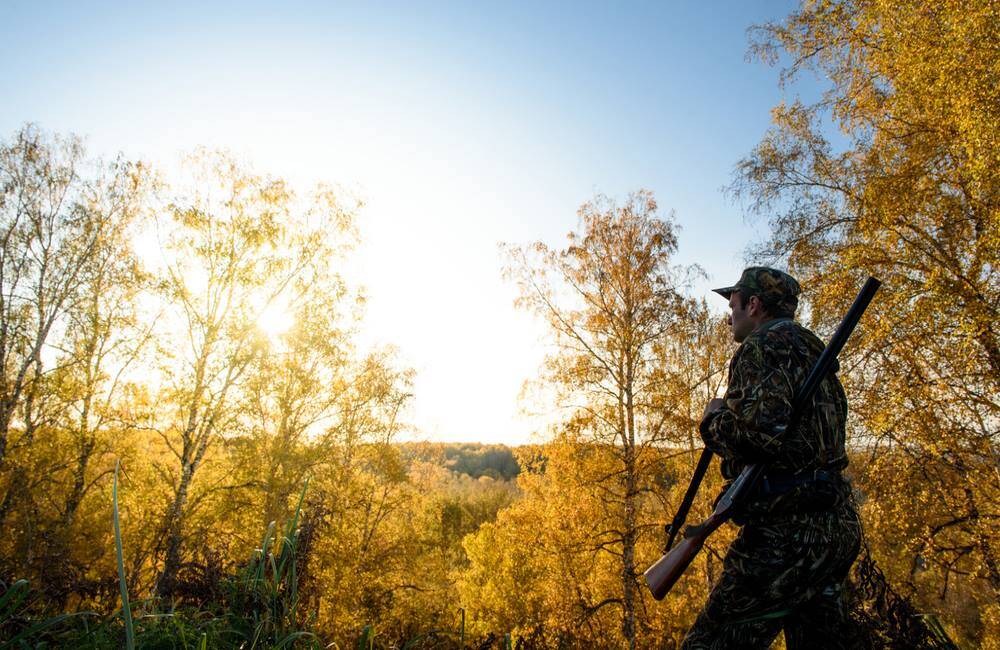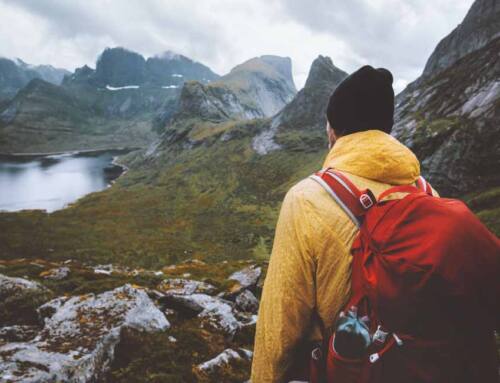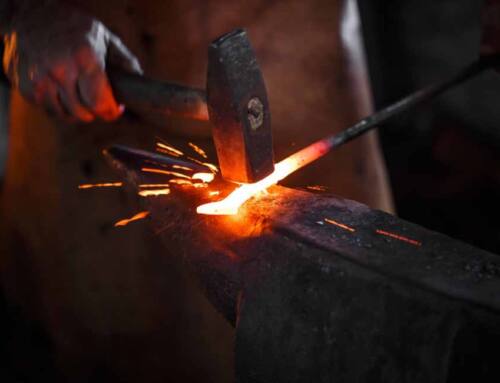When choosing a hunting spot for deer hunting, veteran hunters will tell you there a few tips to always keep in mind. Among them are starting early to find a spot, talking with knowledgeable locals, picking the right tree for your stand, using your nose and considering the topography.
Choosing a hunting spot is really the top job in hunting and has the most impact on your success. We’re focusing here on deer hunting because that’s by far the most popular hunting in the United States. More than 11 million people went hunting in 2016, according to the U.S. Department of the Interior. They are part of the more than 100 million Americans who participated in wildlife-related activities, about 40% of the United States population.
People who hunt, fish and observe wildlife are extremely important to maintaining public lands. As Secretary of Interior Ryan Zinke said: “Hunters and anglers are at the backbone of American conservation, so the more sportsmen and women we have, the better off our wildlife will be.”
For those going hunting this year – perhaps for the first time – here are some tips to keep in mind.
Starting Early
If you’re hunting in November, March is a good time to choose a hunting spot. With the spring foliage not yet blooming, the woods still look a lot like they will in November. Also, you can clearly see animal signs in these conditions from the previous fall – scat, tracks, scraps, bedding sites, etc. That will give you a clear indication of where they will be this year. This also allows you the time to find a great spot near a water or food source for the animals.
Talking With Locals
There really is a kind of art to choosing a hunting spot & where to place your stand. You’ll want to take into account the animals signs mentioned above as well as the topography issues mentioned below. The best hunters can take all this information – as well as the memory of where deer were the last season – to find the best spots to set up a stand.
Another key in this area is to reach out to locals, including farmers and fellow hunters, about where they have seen bucks in recent weeks. Those who work the land every day have a much deeper knowledge about what is going on in their area. It’s also one of the best parts of hunting – the camaraderie of those who enjoy the sport. Even if you are new to hunting, you will find plenty of welcoming people who will help as you try to choose a hunting spot.
The Right Tree
This sounds basic, but make sure that the tree is healthy and sturdy. You’ll want to make sure the tree can safely support your weight and that of the stand. If possible, pick a location that requires the smallest removal of branches to create shooting lanes. Make sure that the stand is placed where you are downwind of where the animals will travel. You also want to set up the stand plenty of weeks ahead so that deer can get used to passing it – the longer it’s there, the better.
The Nose Knows
This may seem basic, but wind direction and whether a buck can smell you or not, can be quite a complex endeavor. You’ll want to think about the terrain; is it hilly, are there low spots, time of day can also affect the wind. Research the prevailing winds and the position of the stand in terms of the direction the deer will move as they pass by it. These are a few key factors in whether deer can pick up your scent – if they do, you can pretty much count on them fleeing the area. Make sure you are downwind of the deer.
Think Topography
Choosing to place your stand on the backbone of a ridge or at the lip of a ravine is wise, as these land formations act as natural funnels for deer. Wind also will carry your scent above the heads of the deer on the slope below.
Another good spot is just off the inside corner of a field, which is where bucks like to enter a feeding space. This area can become a bottleneck as other bucks swing in behind the leader – a perfect place to have your stand downwind. Yet another good spot is along a line of trees that runs parallel to a roadway. This natural path is often used by deer.
These are some of the issues to keep in mind when you choose a hunting spot. Hunting is an important legacy for generations of Americans. It’s also great for the overall environment. If you’ve never done it before, there’s never been a better time to give this sport a try.







Thank you for this advice for finding a good hunting spot. I’m glad you mentioned you should talk to locals about where they’ve seen bucks recently. I wonder if it could also be good to find those who like hunting to hear if they know of any good spots.